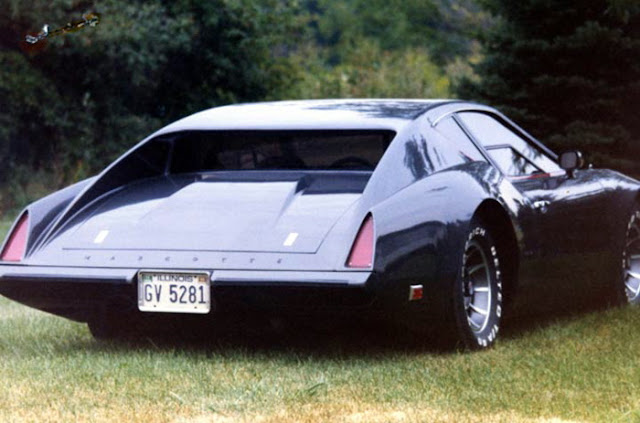L.M.X. (Linea Moderna Executive) was a maker of limited production sports cars based in Milan, Italy. It was founded in 1968 by industrialists Michel Liprandi and Giovanni Mandelli, who enlisted the assistance of Ivo Barrison and Carrozzeria Eurostyle in manufacturing. While relatively unknown outside of the industry, Liprandi had vast experience in the manufacture of fiberglass bodies including development of the ASA 1000 GT, Abarth 1300 O /T "Periskop", and 2000 SE010. Mandelli served as partner and financier.
Their first products would be a coupe and convertible called the LMX 2300 HCSC and LMX 2300 HCSS, respectively. The bodywork for both would be fiberglass, mounted on a backbone chassis (not unlike Lotus cars of the period), steel doors with side beams, and mechanicals sourced from Ford. These included the turbocharged 2.3 liter V6 Ford Taunus engine, as well as suspension components from the Ford Zodiac MK4. The engines were offered in various states of tune ranging from 108bhp to 210bhp.
 |
| The LMX 2300 HCSS Convertible |
With an ample budget, L.M.X. employed the services of noted car designer Franco Scaglione who had earned his reputation working with Abarth and later Bertone. Scaglione was responsible for the Lamborghini 350 GTV, the ATS 2500 GT, the 1900 Skyline Sprint for the Japanese Prince company (later to merge in 1966 with Nissan), the Titania Veltro GTT, and various models for Intermeccanica such as the Apollo, Torino, Italia GFX, Italia IMX, Indra.
The design for the LMX 2300 series cars would blend cues from cars such as the DeTomaso Mangusta and Chevrolet Corvette into a classically proportioned front engine GT. It featured a large, frameless rear window, which functioned as a tailgate. a hardtop was also designed for the convertible. Both coupe and convertible had handsome lines, on par with their competition.
 |
| The LMX 2300 HCSC interior |
The original coupe was presented as a prototype at the Turin Motor Show in 1968. The production article made its debut at the Mondial de l'Automobile 1969 in Paris. The open version, called Spider, was presented at the Turin Motor Show of the same year and at the Geneva Motor Show in 1969.
Only the coupe saw series production, with estimated numbers varying between 40 and 60 units. A single example of the convertible survives it was likely a unique article. Around 2/3 of the production was the work of L.M.X. and Eurostyle, but the project was taken over by a company called SAMAS in 1973 and the car was rebranded as the "LMX Sirex". It is said that SAMAS produced around 25 additional units before ending production.



















Comments
Post a Comment